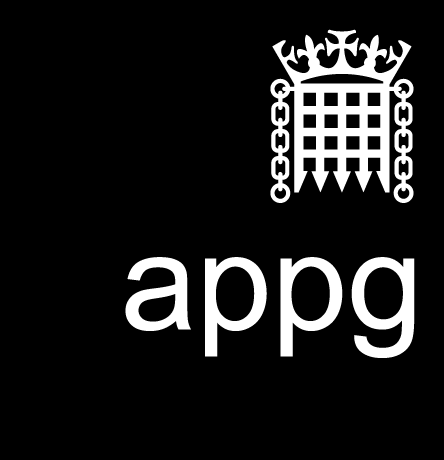Today MPs will debate the issue of homelessness. Research demonstrates that LGBT+ people, especially young people, are at particular risk of experiencing homelessness, and LGBTIQ+ people who are homeless have specific needs that differ to the rest of the homeless population.
LGBT in Britain: Home and Communities (2018), Stonewall and YouGov research into the experiences of over 5,000 LGBT people across Britain, found that nearly one in five LGBT people (18 per cent) – including 25 per cent of trans people, and 28 per cent of LGBT disabled people – have experienced homelessness at some point in their lives.
Llamau’s report "Out on the Streets - LGBTQ+ Youth Homelessness in Wales" (August 2019) found that LGBTQ+ people are disproportionately affected by youth homelessness. LGBTQ+ young people are four times more likely to become homeless than their peers.
LGBT Youth Scotland’s Commission on Housing and Homelessness found that:
LGBT young people were not presenting as ‘homeless’ to local councils
Young people said that they simply didn’t know where to go and many said they didn’t want to have discussions at open desks
LGBT young people were fearful of disclosing their LGBT identity/ ‘coming out’ to support services
Some had negative experiences of ‘coming out’. There were also perceptions that religious organisations were more likely to be homophobic or biphobic
Trans and non-binary young people faced additional barriers to accessing shelters and accommodation
Trans young people faced prejudice from service users and felt that staff were not always equipped to respond. Some transgender young people had been denied access to single-sex services and non-binary young people often felt there was no suitable alternative for them
There were inconsistent levels of LGBT awareness training with most professionals stating that they had no training at all
The majority of respondents rated their confidence to support LGBT homeless young people as low
Services are not consistently recording sexual orientation and trans identity
Research by the akt shows that 24% of homeless youth identify as LGBT. According to akt:
103,000 young people in England are currently at risk of homelessness (Centrepoint, 2018); up to 24% identify as lgbtq+ and 77% cite familial rejection and abuse after coming out as the primary cause of their homelessness (akt 2015). According to Homeless Links’ recent survey (2019) young people identifying as lgbtq+, those seeking asylum and those identifying as people of colour comprise the three most at risk groups of young people facing homelessness; this represents the intersection most prevalent amongst akt’s client base. Therefore lgbtq+ people are amongst the most vulnerable and over-represented young people at risk of homelessness in 2019.
The true level of lgbtq+ homelessness remains hidden by such factors as: up to 40% of mainstream homelessness and housing providers failing to undertake comprehensive and inclusive monitoring of gender and sexual identity during assessment (akt, 2018).
Due to the unique (e.g.homo/bi/trans phobia) and/ or higher prevalence (e.g. of mental health and substance misuse) which lgbtq+ youth face once they experience homelessness, the cost to the state to address the outcome of their homelessness (if there is no intervention) can rise to £44,000 per year per person (akt, 2018).
People under 30 sacrifice the largest portion of their overall income to pay for accommodation (Guardian, 2019) and local housing allowance across most authorities does not cover the full cost of the most affordable accommodation in the private rented sector. This securing and maintaining a tenancy is a major challenge for young people.
